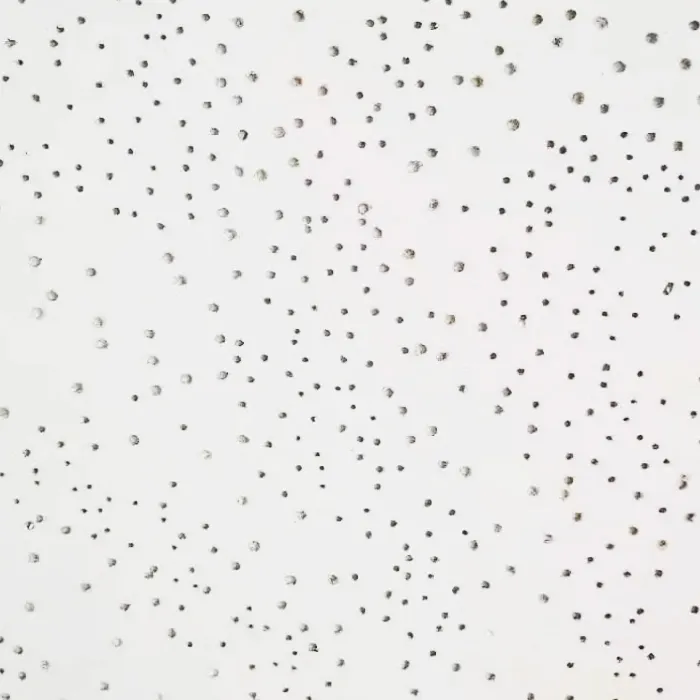10 月 . 21, 2024 21:04 Back to list
Exploring the Concept of Ceiling and T-Bar in Architectural Design
Exploring the Concept of the Ceiling T-Bar Integration of Functionality and Design in Modern Spaces
In contemporary architecture and interior design, the ceiling plays a crucial role that extends beyond mere aesthetics. Among the various elements that contribute to the design of a ceiling, the T-bar ceiling grid system has emerged as a popular and functional choice. The concept of ceiling T-bar not only addresses practical needs but also enhances the overall experience of a space, making it an important consideration in modern construction and design.
What is a Ceiling T-Bar?
A ceiling T-bar, often referred to as a T-bar grid system, is a framework used to support suspended ceilings. It consists of a series of metal bars arranged in a grid formation that creates a structural skeleton for ceiling tiles or panels. Each 'T' in the T-bar represents the perpendicular cross-members that connect the main runners, forming a grid pattern that allows for the easy installation of ceiling materials while offering flexibility for future changes.
Functionality
The primary function of a T-bar ceiling system is to provide a clean, level surface for hanging ceiling tiles. This system is particularly advantageous in commercial spaces, such as offices, schools, and hospitals, where ceilings may need to hide mechanical systems, ductwork, or electrical wiring. The T-bar grid creates an accessible area above the ceiling, making it easier for maintenance and repair.
Moreover, the T-bar design allows for the easy replacement of damaged tiles without disturbing the entire ceiling. This ease of maintenance translates to cost efficiency—a crucial factor for businesses that wish to maintain a professional appearance while managing operational expenses.
Aesthetic Appeal
Beyond functionality, the ceiling T-bar system contributes significantly to the aesthetics of a space. With a wide range of ceiling tile options available, including acoustic panels, decorative tiles, and lighting fixtures, designers can customize the look and feel of a room. The grid can be painted in various colors to match or complement interior themes, providing designers with a versatile tool for creativity.
ceiling t bar

Additionally, the arrangement of tiles within the T-bar grid can create visual patterns that enhance the overall design. This flexibility allows architects and interior designers to push the boundaries of traditional ceiling designs, providing an opportunity for unique expressions in different environments.
Acoustic Benefits
One of the most significant advantages of a T-bar ceiling system is its acoustic performance. Many ceiling tiles are designed to absorb sound, making them ideal for spaces where noise reduction is paramount. In office buildings, schools, and healthcare facilities, controlling sound levels is crucial for maintaining an environment conducive to productivity, learning, or healing.
By choosing acoustic tiles within a T-bar framework, designers can significantly enhance a room's auditory experience, ensuring comfort for occupants while also adhering to building regulations and standards.
Sustainability
In today's environmentally-conscious society, the sustainability of materials used in construction has become a significant consideration. Many manufacturers produce ceiling tiles and T-bar systems using recycled materials or sustainable practices. This not only minimizes the environmental footprint of the building process but also promotes healthier indoor air quality, contributing to the overall well-being of occupants.
Conclusion
The ceiling T-bar system is more than just a structural component; it is a blend of functionality, aesthetic enhancement, and practical benefits. As design trends continue to evolve, the T-bar ceiling system will remain a prominent choice among architects and interior designers. Its ability to adapt to various styles, combined with the acoustic and maintenance advantages it offers, underscores its importance in creating modern, dynamic spaces that cater to the diverse needs of today’s society. Whether in commercial, educational, or residential settings, the ceiling T-bar system is a testament to how innovative design can transform mundane areas into extraordinary environments.
-
Revolutionizing Interior Design with Ceilings t grid Suspended SystemNewsOct.29,2024
-
Revolutionizing Ceiling Design with ceiling access panel with Gypsum Tile WaterproofNewsOct.29,2024
-
Revolutionizing Interior Design with PVC Gypsum Ceiling: A Comprehensive GuideNewsOct.29,2024
-
Elevating Interior Design with High quality Mineral Fiber Ceiling TilesNewsOct.29,2024
-
Revolutionizing Interior Design with PVC Gypsum Ceiling: A Comprehensive GuideNewsOct.29,2024
-
Elevating Interior Design with High-Quality Mineral Fiber Ceiling Tiles: A Comprehensive GuideNewsOct.29,2024







